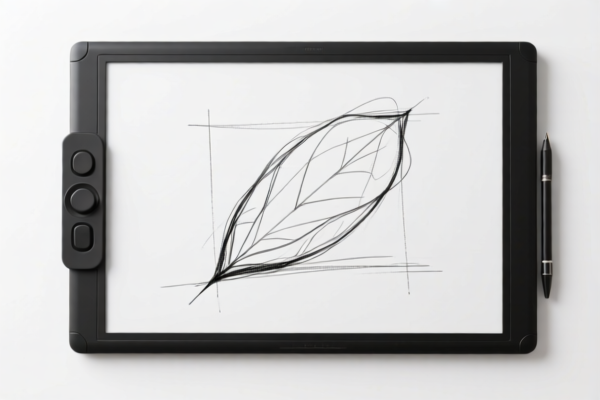| HS Code | Official Doc | Tariff Rate | Origin | Destination | Effective Date |
|---|---|---|---|---|---|
| 3808911000 | Doc | 57.8% | CN | US | 2025-05-12 |
| 3808990800 | Doc | 61.5% | CN | US | 2025-05-12 |
| 6808000000 | Doc | 55.0% | CN | US | 2025-05-12 |




Insect Trapping Board
An insect trapping board is a device used for the collection and study of insects, typically utilizing adhesive surfaces and often incorporating attractants to lure insects.
Material:
- Substrate: Commonly constructed from cardboard, plastic, or wood. Cardboard is frequently used due to its low cost and ease of modification.
- Adhesive: A crucial component, adhesives range in composition. Options include:
- Non-drying adhesives: These maintain stickiness over extended periods, suitable for long-term monitoring. Examples include Tanglefoot and similar products.
- Water-based adhesives: Environmentally friendly but may lose effectiveness quickly with rain or dust accumulation.
- Synthetic adhesives: Offer a balance of stickiness and durability.
- Attractants: Often incorporated to enhance capture rates. These can be:
- Pheromones: Species-specific chemical signals.
- Food-based lures: Sugars, fruits, or other substances attractive to target insects.
- Color: Bright colors (e.g., yellow) can attract certain insects.
Purpose:
- Insect Monitoring: Used to track the presence and abundance of insect pests in agricultural fields, forests, or urban environments.
- Species Identification: Captured insects can be collected for taxonomic studies and identification.
- Research: Employed in ecological studies to understand insect behavior, distribution, and population dynamics.
- Pest Management: Provides data for informed pest control decisions, such as timing of insecticide applications.
Function:
The board’s function relies on attracting insects to its surface, where they become adhered to the sticky material. The adhesive prevents escape, allowing for collection and analysis. The attractant increases the probability of insects encountering the board.
Usage Scenarios:
- Agriculture: Monitoring for fruit flies, moths, beetles, and other crop pests.
- Forestry: Tracking bark beetles, wood borers, and defoliating insects.
- Urban Entomology: Assessing populations of nuisance insects like mosquitoes, flies, and cockroaches.
- Orchards and Vineyards: Specific attractants are used to target fruit-damaging insects.
- Museums and Research Institutions: Collecting specimens for study.
Common Types:
- Yellow Sticky Traps: Broad-spectrum traps effective for many flying insects. Commonly used in greenhouses and orchards.
- Pheromone Traps: Species-specific traps utilizing insect pheromones to attract males. Used for monitoring and mass trapping.
- Food-baited Traps: Utilize food attractants to lure insects, often used for fruit flies.
- Funnel Traps: Incorporate a funnel to guide insects onto the adhesive surface.
- Delta Traps: Triangular traps often used with pheromone lures.
- Milk Traps: Use milk as an attractant, effective for certain beetles.
- White Traps: Used for monitoring whiteflies and other insects in greenhouses.
Insect trapping boards fall under the category of insecticides, rodenticides, fungicides, herbicides, antisprouting products and plant-growth regulators, disinfectants and similar products, put up in forms or packings for retail sale or as preparations or articles. Based on the provided information, the following HS codes are relevant:
- 3808911000: This HS code covers insecticides, specifically fly ribbons (ribbon fly catchers). It falls under Chapter 38 (Miscellaneous Chemical Products), Heading 08 (Insecticides, rodenticides, fungicides, herbicides, antisprouting products and plant-growth regulators, disinfectants and similar products), and Subheading 91 (Other: Insecticides). The current tax rate is 57.8%, comprised of a 2.8% base tariff and a 25.0% additional tariff, increasing to 30% after April 2, 2025.
- 3808990800: This HS code also covers insecticides, but for “Other” types, specifically those containing any aromatic or modified aromatic pesticide. It also falls under Chapter 38, Heading 08, and Subheading 99 (Other: Other). The current tax rate is 61.5%, comprised of a 6.5% base tariff and a 25.0% additional tariff, increasing to 30% after April 2, 2025.
According to the provided reference material, the HS code options related to 'insect trapping board' are limited, with only the following 2 found.
Customer Reviews
No reviews yet.